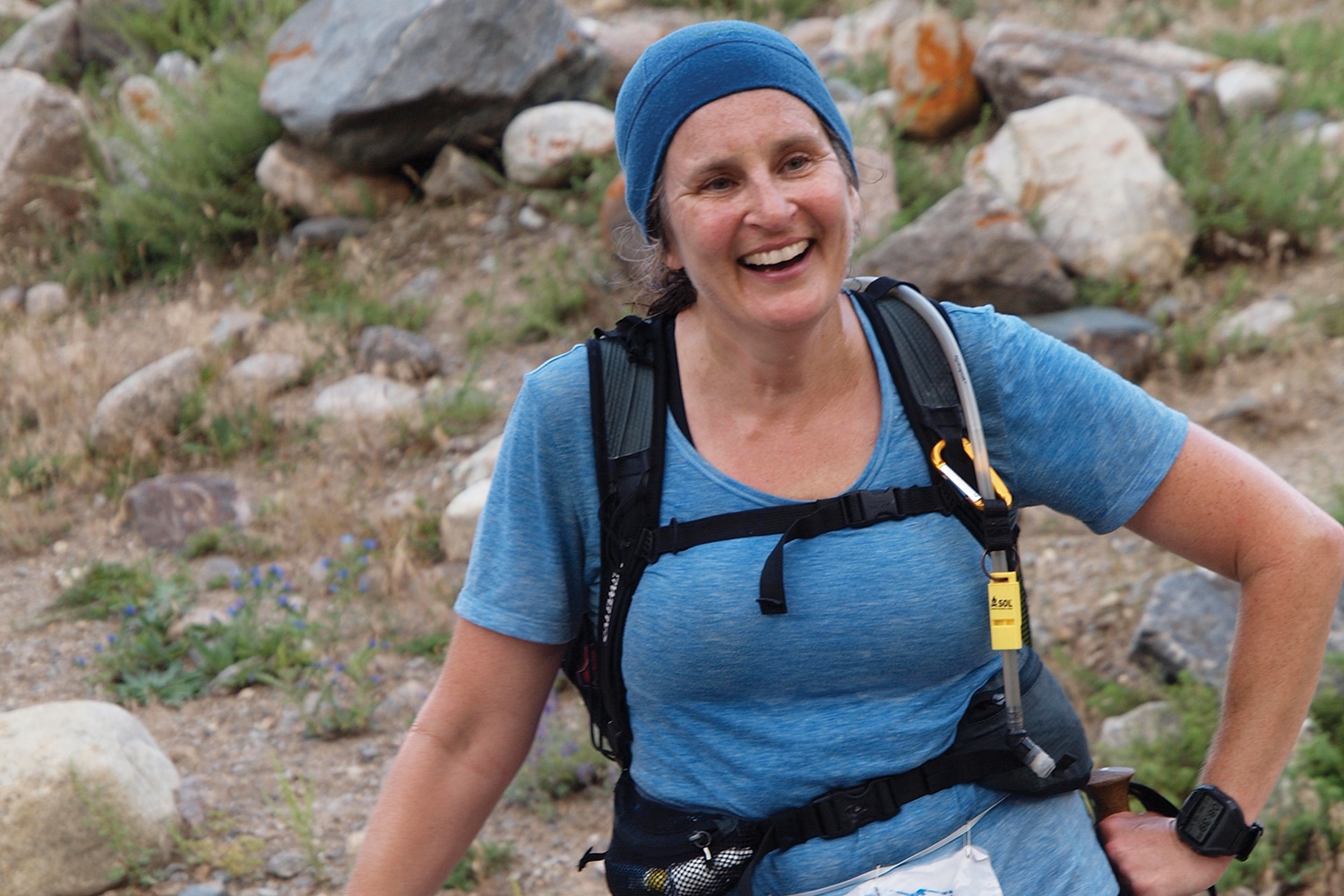A Juilliard-trained violist who has played with professional orchestras, Julie Goodale considers physical activities, such as running, swimming, skiing and hiking, as much a part of her daily routine as practicing and rehearsing.
When Goodale was diagnosed with stage III HER2-positive, hormone-sensitive breast cancer at age 37 in 2001, her need to keep active didn’t change—even while recovering from a mastectomy, chemotherapy and radiation.
“I wanted to feel like my life had some sense of normalcy, and for me exercise was normal,” the Stony Point, New York, resident says.
Goodale started working out after clearing it with her oncologist. Exercise helped her feel less tired and better able to manage treatment side effects, such as joint pain. “The biggest thing was emotional,” she says. “Exercise gave me a sense of control.”
Research has shown the benefits of exercise for many cancer patients. Studies suggest that regular physical activity is associated with decreases in cancer-specific mortality in breast, colon and prostate cancer survivors. In addition, cancer survivors’ mortality from any cause decreased as they exercised more.
A year after finishing treatment, Goodale climbed the 14,411-foot summit of Mount Rainier in Washington to raise funds for breast cancer research. Then, wanting to give other survivors exercise guidance, she became certified in 2007 as a personal trainer through the American College of Sports Medicine and as a cancer exercise specialist through the Cancer Exercise Training Institute. The next year, she launched Life-Cise, which offers online fitness information and training advice for cancer survivors.
CT: What advice would you give to people who feel too weak to do much exercise?
GOODALE: The fitness industry has done a disservice with so much emphasis on extreme exercise—this idea that it doesn’t count unless it hurts. That may be true for a select group of people, but you don’t need to push yourself too hard. You can sit on a couch and do some leg raises, a gentle tummy tuck, get up out of a chair and sit back down, or walk across the room. Or if you’re lying down, you can do some leg lifts, or just lift your arm straight up and bring it back down in a slow, controlled manner. Check as well with your doctor, who can clear you for physical activities and let you know if you have any exercise restrictions.
CT: What advice do you have for patients recovering from surgery?
GOODALE: The biggest thing is getting your range of motion back. Stretches, especially following breast surgery, are important—since inactivity can cause scar tissue to tighten and lead the shoulders to round forward. A nice gentle stretch for the chest is to extend your arms to the sides and make circles.
CT: What advice do you give to people sidelined after being active?
GOODALE: Patients have to have a longer view. Recovery is never totally linear. We have days where we feel great, and we have days where we don’t sleep well. It’s easy to get frustrated and feel like the exercise is not doing any good. You should look back at what you did in the past week or month and not just at yesterday.
CT: After the initial recovery stage, how do you know when it’s time to take it up a notch and how do you set realistic goals?
GOODALE: The body and mind will stagnate if we’re just doing the same thing in the same way all the time. The exercise becomes less effective and the mind gets bored. So, gradually change things to keep both the body and mind engaged. Increase the intensity of the workout, the length of exercise time or the frequency. Even if you’re not training for anything specific, anyone wanting to get back into shape can challenge themselves by increasing one of these three factors at a time.
CT: What are the signs of doing too much?
GOODALE: This is one of the toughest things for cancer survivors who were once used to exercising. It feels so good to get back to working out, and we want to immediately get back to what we were doing before. A big sign of trouble is sharp pain. At first, try to keep your exercise fairly moderate. To start, pick an activity that you can do comfortably. For many people, walking is easiest. Walk at a pace that allows you to have a conversation.
CT: What are the benefits of doing a little at a time?
GOODALE: Breaking up the exercise into smaller chunks is just as effective as doing it all at once. It can be hard to block out 20, 30 or more minutes in our busy schedules. But it’s not so hard to fit in a quick 10 minutes between other activities. Getting in a little activity at a time several times throughout the day is a good way to build regular activity into your routine.
Cancer Today magazine is free to cancer patients, survivors and caregivers who live in the U.S. Subscribe here to receive four issues per year.





